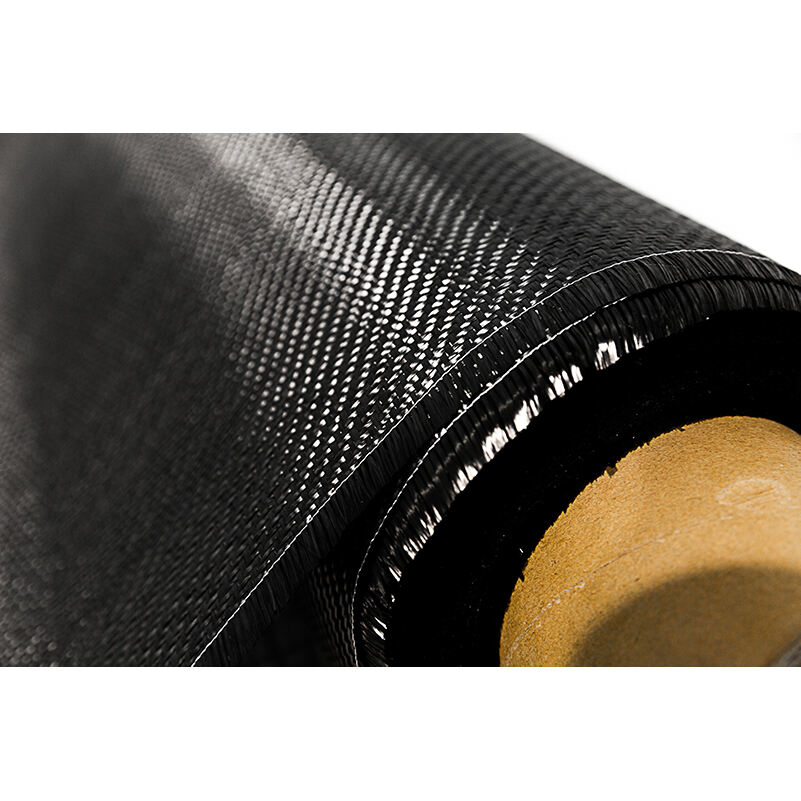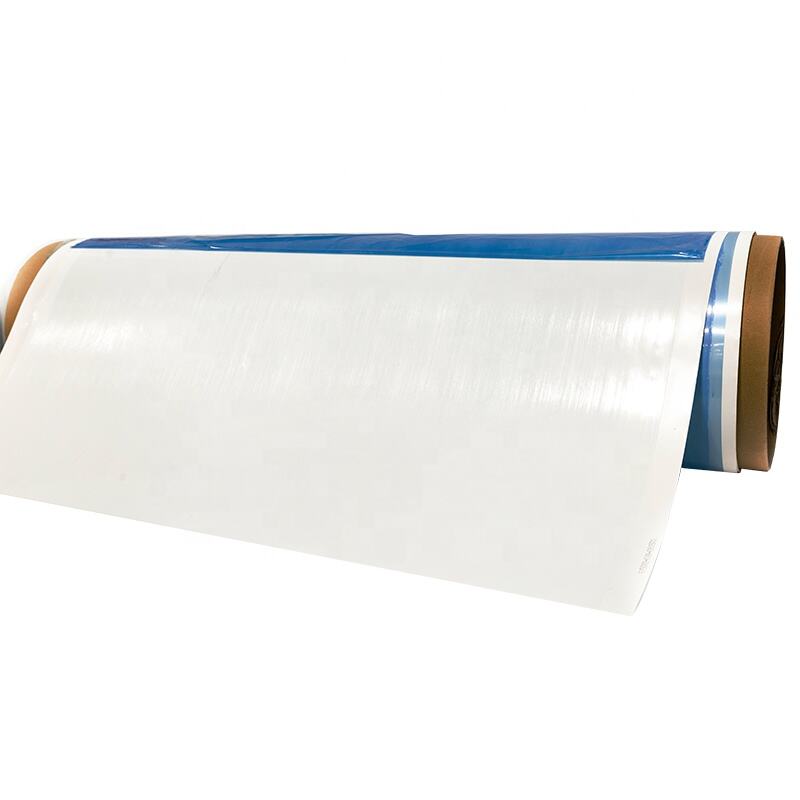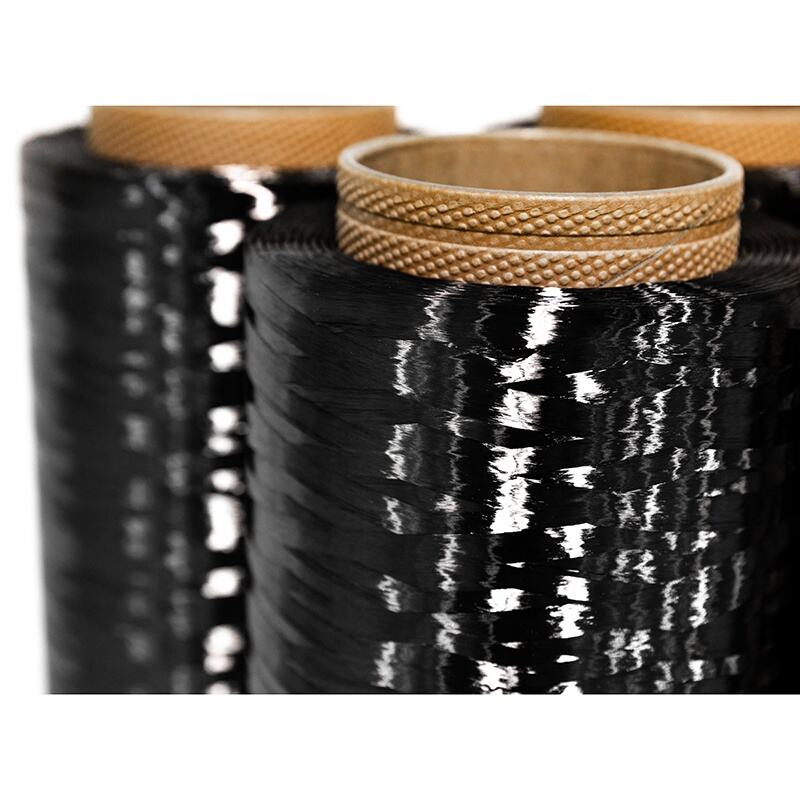automotive carbon fiber
Automotive carbon fiber represents a revolutionary material in the automotive industry, combining exceptional strength with remarkably low weight. This advanced composite material consists of thin, strong carbon fibers woven together and set in a polymer matrix, creating components that are up to 50% lighter than traditional steel while maintaining superior structural integrity. In modern automotive applications, carbon fiber is extensively used in body panels, chassis components, interior elements, and structural reinforcements. The material's high strength-to-weight ratio makes it ideal for enhancing vehicle performance by reducing overall weight while maintaining or improving safety standards. Manufacturing processes have evolved significantly, allowing for more cost-effective production methods through automated layup systems and rapid curing technologies. The material's versatility enables designers to create complex shapes and aerodynamic profiles that would be difficult or impossible with conventional materials. Additionally, carbon fiber components offer excellent fatigue resistance, thermal stability, and corrosion resistance, making them particularly valuable in high-performance and luxury vehicles where durability and aesthetics are paramount considerations.


